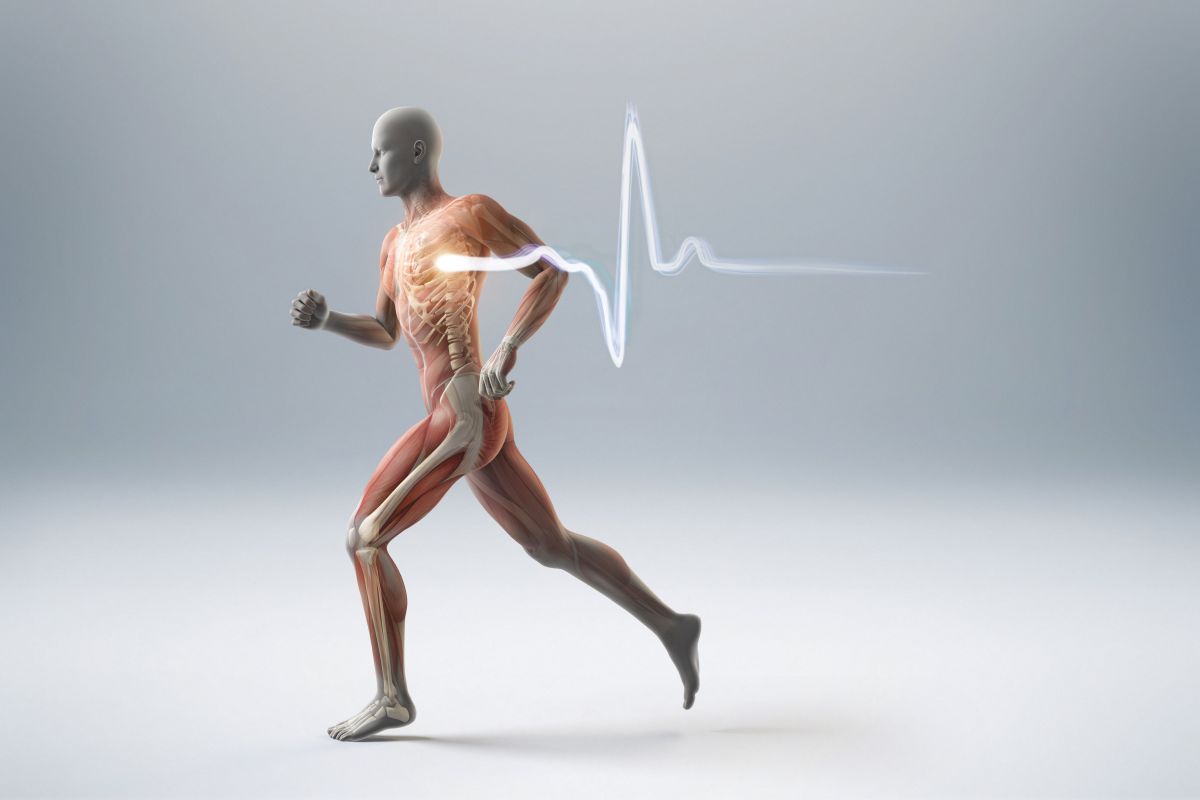A delicate balance of prevention and early intervention can prevent cardiovascular disease
Cardiovascular disease continues to be a major global health concern, with heart attacks and strokes ranking as leading causes of death worldwide.
This study aimed to assess how changes in physical activity over 22 years were related to subsequent death from all causes and cardiovascular disease.

(Representational Images: Getty Images)
Sedentary lifestyle for 20 years is associated with a two times risk of premature death as compared to those who lead a healthy life, according to a new study.
“Our findings imply that to get the maximum health benefits of physical activity in terms of protection against premature all-cause and cardiovascular death, you need to continue being physically active,” said the study’s author Trine Moholdt from the Norwegian University.
This study aimed to assess how changes in physical activity over 22 years were related to subsequent death from all causes and cardiovascular disease.
Advertisement
The HUNT study invited all residents of Norway aged 20 and older to participate in 1984-1986, 1995-1997 and 2006-2008.
At all three time points, individuals were asked about their frequency and duration of leisure-time physical activity.
The current study used the data from the first and third surveys.
A total of 23,146 men and women were included in the analysis. Physical activity was categorised as inactive, moderate — less than two hours a week and high — two or more hours per week.
Physical activity data were linked to information on deaths until the end of 2013 using the Norwegian Cause of Death Registry.
The risk of death in each physical activity group was compared to the reference group – those who reported a high level of exercise during both surveys.
Compared to the reference group, people who were inactive in both 1984-1986 and 2006-2008 had a 2-fold higher likelihood of all-cause death and 2.7-fold greater risk of dying from cardiovascular disease.
Those with moderate activity at both time points had 60 per cent and 90 per cent raised risks of all-cause and cardiovascular deaths, respectively, compared to the reference group.
“Our data indicate that you can compensate for a previously inactive lifestyle and the sooner you get active, the sooner you will see positive results,” said Moholdt.
The study was presented at the ESC Congress 2019 in Paris.
Advertisement